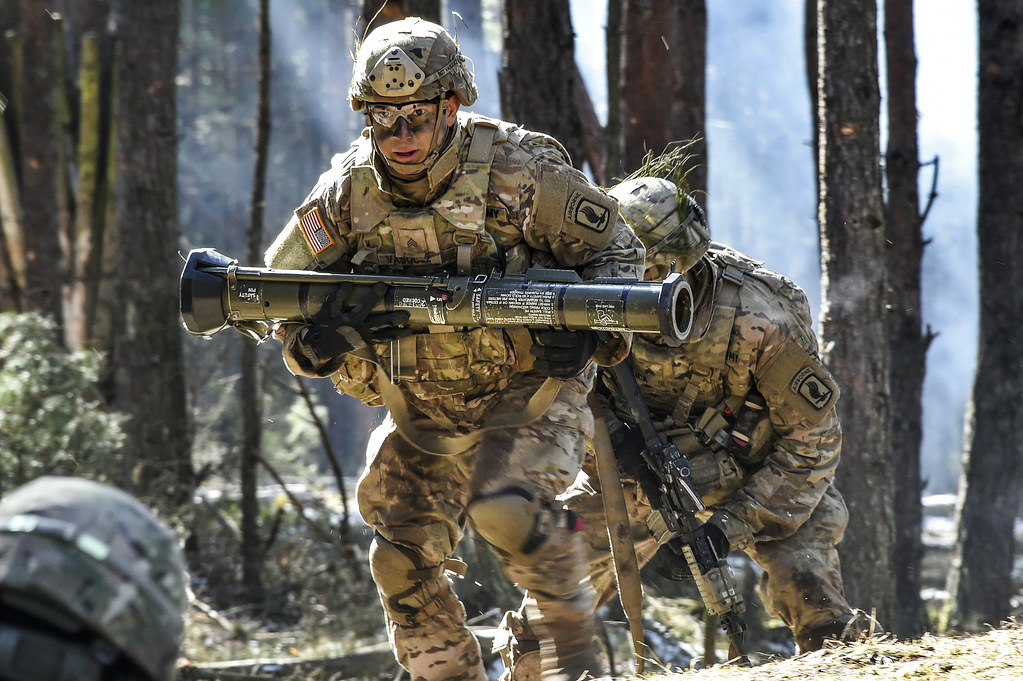
This post is also available in:
 עברית (Hebrew)
עברית (Hebrew)
The US Army’s new Infantry Squad Vehicle (ISV) is “not operationally effective” for combat or engagement, security cooperation and deterrence missions against near-peer threats claims an annual report published on Jan. 27 by the Pentagon’s Director of Operational Test and Evaluation.
The Army has stressed that the vehicle met its operational requirements in testing and does what it was designed to do. The program office responsible has said: “The ISV is not designed to defeat or counter specific threats nor is it intended to operate as a combat fighting platform,” Steve Herrick, product lead for ground mobility vehicles with the Program Executive Office for Combat Support and Combat Service Support, told breakingdefense.com. “The primary role of the ISV is as a troop carrier to provide ground mobility to designated Infantry rifles squads reducing their need to cover large areas of terrain on foot.”
The ISV vehicle, made by GM Defense, is meant to be a light, expeditionary vehicle not billed for direct combat, but designed to allow “Soldiers to close on an objective with less fatigue and greater readiness,” according to the Army. It can carry a nine-soldier light infantry squad, is transportable by a CH-47F Chinook helicopter and is airdroppable by a C-17 and C-130 cargo aircraft.
Herrick’s statement came several days after the Pentagon’s director of operational test and evaluation published a harsh review of the ISV in its annual report, listing several vehicle shortcomings ahead of the program’s full-rate production decision in May — many related to combat scenarios.
Much of the criticism in the report repeated issues laid out in the fiscal 2020 version, but some new problems emerged during testing in the harsh climate of Yuma Proving Ground, Arizona.
Among the deficiencies pointed out by the Pentagon testers was an alleged “failure of the rifle company using ISVs to avoid enemy detection, ambushes and engagements during the majority of its missions. The report states the vehicle lacked ballistic armor, that soldiers’ individual weapons weren’t easily accessible in the event of an attack and it was difficult to operate a mounted machine gun while on the move.”
“As there is no requirement for protection or armor, the unit on the ISV is intended to avoid threats, where possible,” Herrick said. “If engaged, units are intended to disengage and when appropriate disembark.”
Also mentioned in the report were reliability issues in desert conditions. According to Herrick, DOT&E recommended that the ISV program office improve reliability and conduct follow-on testing to show the vehicle meets its requirements, redesign the seats to improve soldier comfort and better accommodate solider combat equipment, integrate a mounted radio to improve command and control at far ranges, and find ways to improve the ISV’s carrying capacity.
Herrick said the Army was “addressing or evaluating DOT&E’s recommendations.” “For instance, reliability enhancements are already in process, and the Army will conduct follow-on testing to confirm these enhancements.”

























